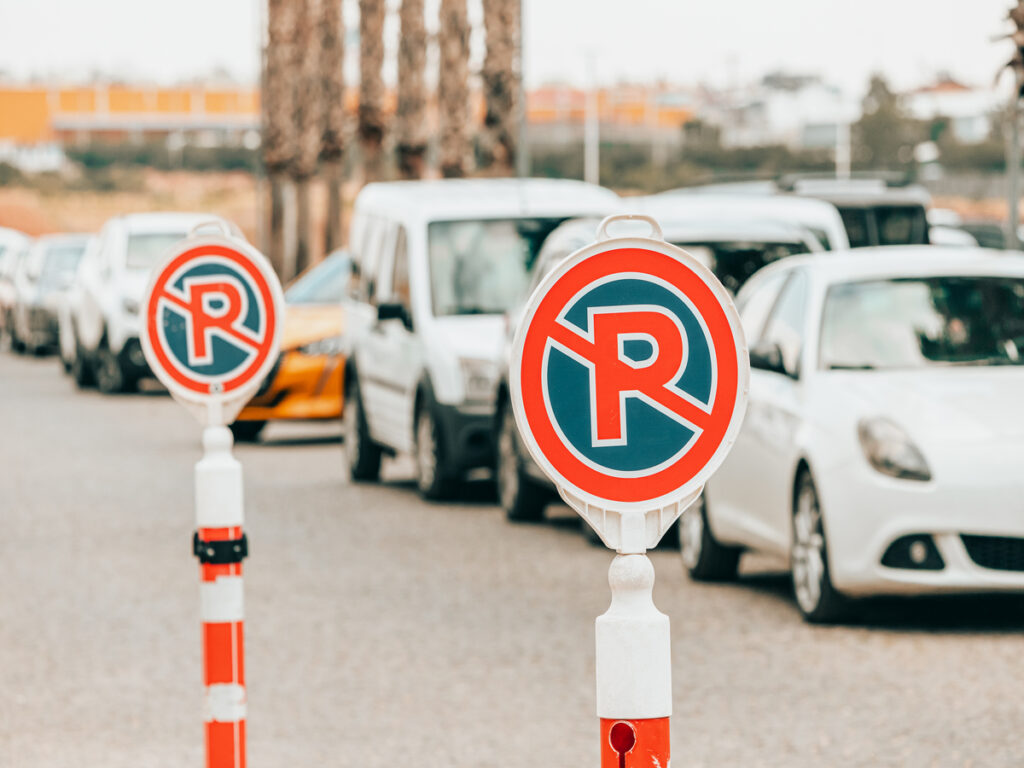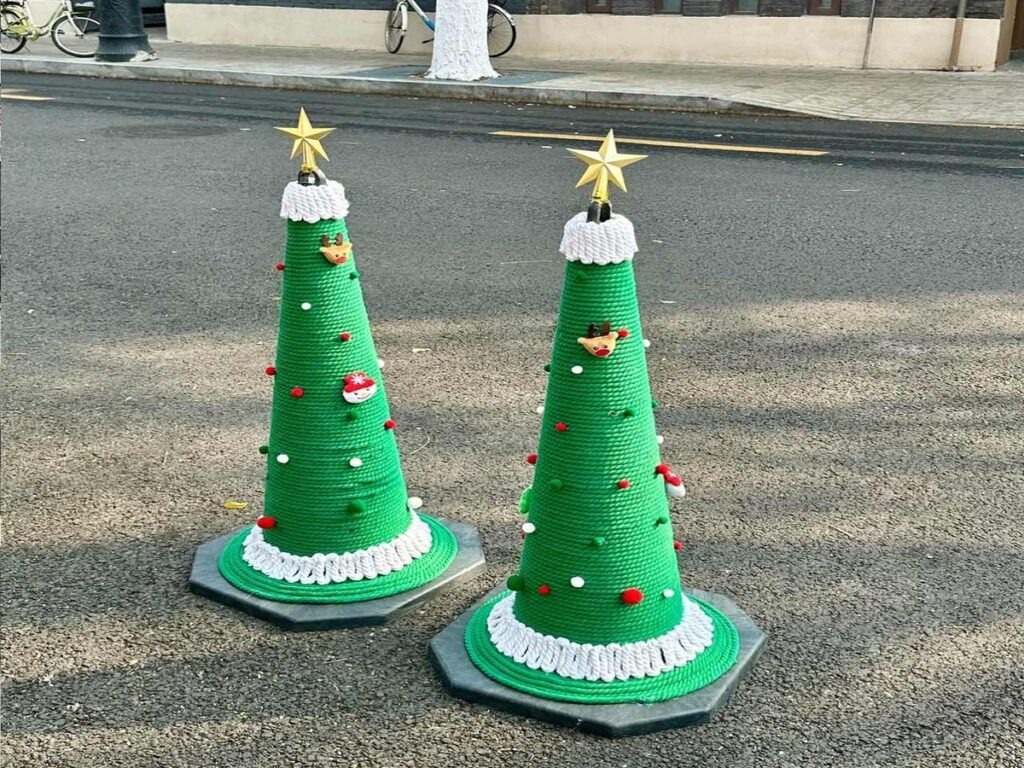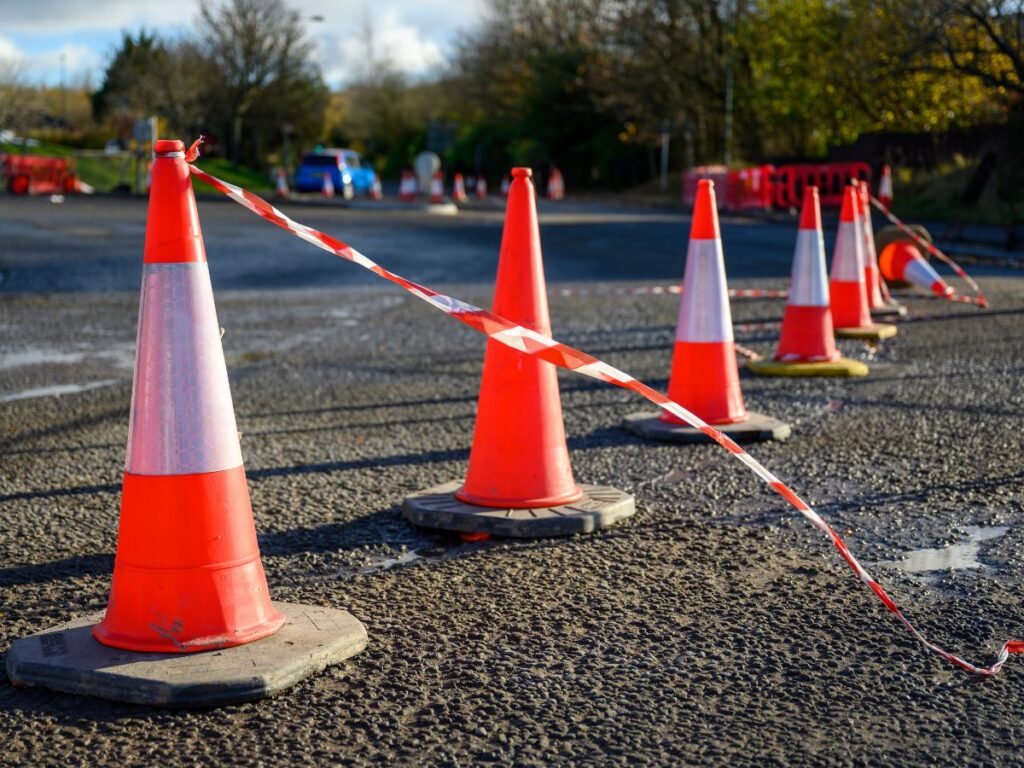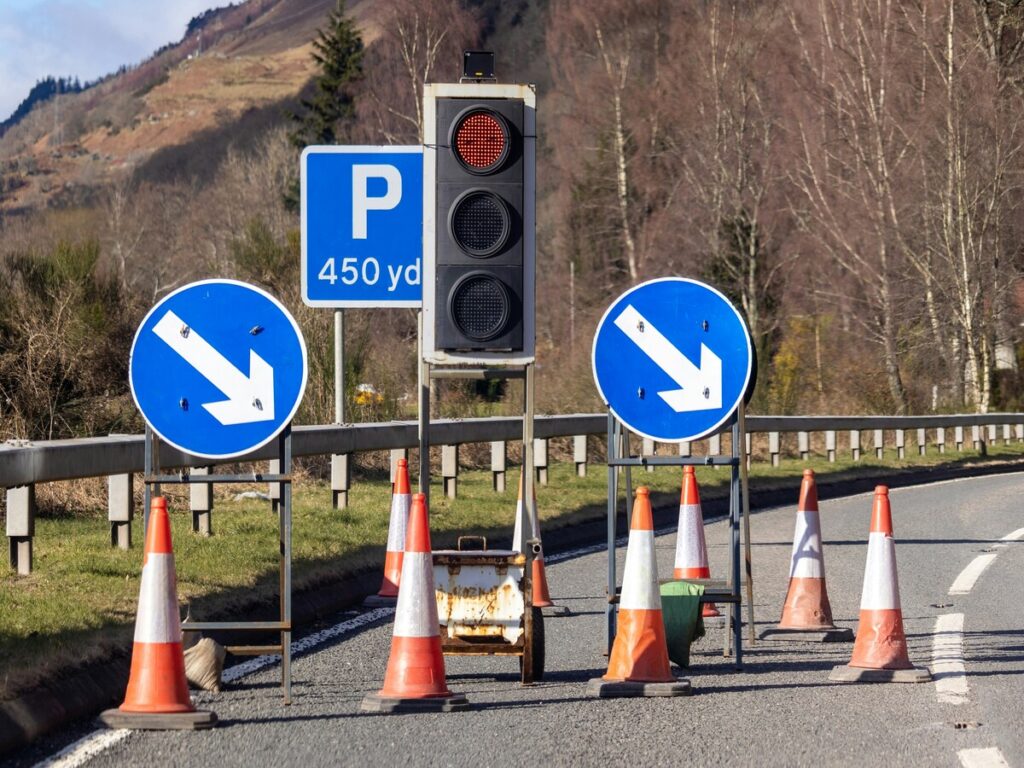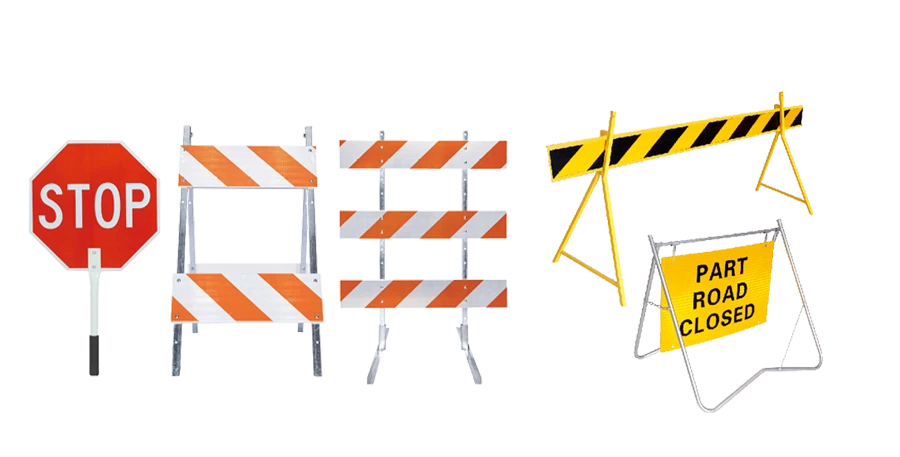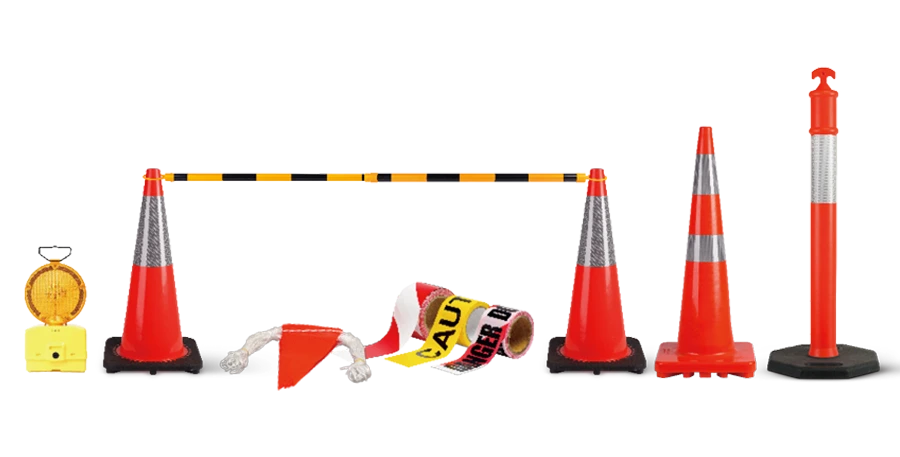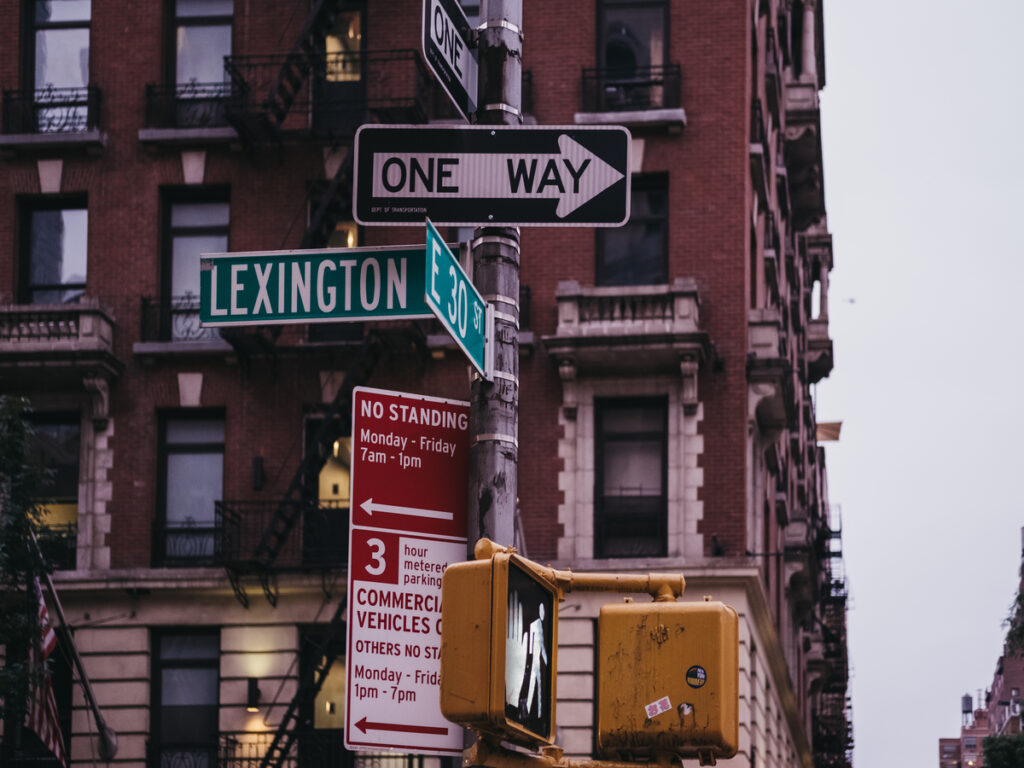
Os sinais ajudam as pessoas a encontrar o seu caminho nas cidades e espaços. Mas os sistemas antigos costumam usar muitos postes e suportes. Os suportes de montagem de sinalização multidirecional corrigem isso, permitindo que muitos sinais de trânsito usem um poste. Isso reduz estruturas extras e mantém as áreas limpas e arrumadas. Sua aparência simples se adapta bem a lugares modernos, melhorando o uso e o estilo. Em ruas movimentadas ou bairros tranquilos, esses suportes de montagem de sinais de trânsito mudam a forma como os sinais são mostrados. Eles tornam mais fácil se locomover e também têm uma aparência melhor.
OPTRAFFIC offers a range of sign brackets for sale designed for clean installation, strong performance, and better urban aesthetics. From 2-way to 3-way configurations, our sign brackets help reduce clutter while maintaining durability and clarity—perfect for cities aiming for both function and form.
Takeaways -chave
- Multi-directional brackets hold many signs on one pole. This reduces mess and makes public spaces look nicer.
- These brackets help people find their way by angling signs clearly.
- Installing these brackets is fast and easy. Não são necessárias ferramentas especiais, Economizando tempo e trabalho.
- Fewer poles are needed with these brackets, saving space and money. This leaves more room for trees and other city features.
- The stylish design of these brackets matches different places. Eles funcionam bem nas cidades, Parques, e bairros.
The Problem with Traditional Signage
Too Many Signs in Busy Areas
Old sign systems often make busy places look messy. Many poles and signs crowd streets, dificultando o foco. Studies show too many road safety signs and ads cause “visual pollution.” This makes it tough to notice important signs in busy streets. You might see this in shopping areas where signs compete for attention. These crowded spaces not only look bad but also feel unorganized.
Wasted Space with Old Sign Systems
Traditional street signs use one pole for each sign. This takes up space and can block sidewalks or paths. In tight areas like intersections, poles can get in the way. You may have seen poles packed together, making walking harder. Using more poles also costs more and needs extra care. A smarter way would combine signs to save space and money.
Confusion and Ugly Streets
Too many signs in one spot can confuse people. Drivers and walkers may miss turns or warnings because of clutter. This can cause delays or even accidents. Crowded signs also make streets look dull and unwelcoming. City planners want streets to work well and look nice too. Using fewer poles with multi-sign brackets helps fix these problems.
Understanding Multi-Directional Sign Mounting Brackets
Definition and Types of Multi-Directional Brackets
Multi-directional sign brackets hold many signs on one pole. They let you display two, three, or four signs at once. These are helpful where roads or paths meet, como cruzamentos.
Here are the main types of multi-directional brackets:
- 2-Way Brackets: Hold two signs at a 90-degree angle.
- 3-Way Brackets: Fit three signs, great for three-way crossings.
- 4-Way Brackets: Carry four signs, perfect for busy intersections.
- Cap-Mounted Systems: Attach to pole tops, saving space and looking neat.
Each type helps organize signs while keeping areas tidy and professional.
Dica: Pick a bracket based on how many signs you need and the area’s layout.
How They Work to Consolidate Signage
These sign brackets reduce the need for many poles. Instead of using one pole per sign, one pole can hold several signs. This saves space and reduces clutter.
The traffic sign brackets place signs at angles so they’re easy to see. Por exemplo, a 4-way bracket sets signs at 90-degree angles. This helps drivers and walkers see signs from all directions.
They are strong enough to hold different sign sizes and weights. Mesmo com mau tempo, the signs stay secure. By combining signs, these brackets make spaces look better and more organized.
Key Features That Enhance Functionality
Multi-directional brackets have features that make them useful and efficient. Here are some key ones:
- Materiais duráveis: Made from aluminum or steel, they last long and resist rust.
- Adjustable Angles: Some let you change sign angles for special layouts.
- Compact Design: They take up little space, great for crowded areas.
- Instalação fácil: Quick to set up, Economizando tempo e esforço.
- Aesthetic Options: Many have finishes that match the surroundings.
These features make the brackets practical and nice-looking. Using them balances usefulness and style in your sign system.
Benefits of Multi-Directional Sign Mounting Brackets
Less Visual Clutter
Traditional road signs often crowd streets with too many poles. Multi-directional brackets fix this by holding many signs on one pole. This means fewer poles and a cleaner, neater look.
Você sabia? One pole with these brackets can replace four poles. This cuts down on extra poles and makes streets less messy.
This setup makes cities look better and easier to understand. By reducing clutter, these brackets create calmer and more pleasant spaces in both busy and quiet areas.
Better Navigation and Wayfinding
Clear signs help people find their way easily. Multi-directional brackets improve this by placing signs at good angles. Por exemplo, 4-way brackets put signs at 90-degree angles. This makes them easy to see from all sides.
This smart design reduces confusion and helps people navigate better. Whether driving through traffic or walking in a park, these brackets make signs clear and simple to follow. They help you get where you need to go faster.
Improved Looks in Public Areas
How public spaces look is important. Multi-directional brackets make areas look tidy by using fewer poles. Their modern design fits well with today’s buildings and city layouts.
Many brackets come in colors like black or silver to match surroundings. This makes them blend in instead of standing out. Whether in a busy city or a quiet park, these brackets make spaces look more attractive.
Installation and Applications of Multi-Directional Brackets
Easy to Install
Setting up multi-directional brackets is simple and quick. You don’t need special tools or advanced skills to do it. Most brackets have pre-made holes and adjustable parts for easy setup. Primeiro, attach the bracket to the pole using the included hardware. Próximo, secure the signs at the right angles for clear visibility.
The brackets are lightweight but strong, made from materials like aluminum or steel. This makes them easy to handle during installation. You can finish the job in just a few minutes, whether it’s one pole or several. Maintenance is also easy. The rust-proof coating keeps them looking good and reduces the need for repairs.
Dica: Always check local rules about sign placement before installing.
Funciona bem em lugares diferentes
Multi-directional brackets work in many settings, tornando -os muito úteis. Nas cidades, they organize intersections by putting many signs on one pole. This clears up clutter and helps drivers and walkers find their way.
In business areas, these brackets make signs look neat and professional. Por exemplo, shopping centers use them to guide visitors without making the area look crowded.
Neighborhoods also gain from these brackets. They neatly display street names, regras, ou direções. Their modern design fits well with both new and old styles, blending into the surroundings.
Real-Life Examples of Use
Cities around the world use these brackets to improve their streets. Por exemplo, downtown areas often use 4-way brackets at busy crossings. This reduces the number of poles while keeping signs visible from all sides.
In business areas, black brackets are common because they look professional. Shopping malls and office parks use them to guide people while keeping a clean look.
Parks and schools also benefit from these brackets. By combining signs on fewer poles, they keep the area’s natural beauty intact. This creates a balance between being useful and looking nice.
The Role of Multi-Directional Brackets in Modern Design
Trends in Urban Planning and Architecture
Urban planning now focuses on making spaces useful and nice-looking. You can see this in areas with shops, homes, and walkways combined. Streets are designed for walking, and cities use smart technology. Multi-directional sign brackets fit well with these ideas. They cut down on clutter and match modern building styles.
Cities also use digital signs like kiosks and outdoor screens. These show maps, anúncios, and other helpful information. Digital signs make cities more engaging and easy to navigate. Multi-directional brackets work with these systems by organizing regular signs nearby. This keeps everything neat and easy to understand.
| Descrição da evidência | Purpose in Urban Design Contexts |
|---|---|
| Digital kiosks provide wayfinding assistance and interactive maps in urban centers. | Helps visitors find their way and get useful information. |
| Interactive digital signage allows users to engage with content actively. | Lets people interact with signs, making the experience personal. |
| Outdoor digital signage captures attention in high-traffic areas. | Shares ads and directions in busy spots to guide people. |
Sustainability and Space Optimization
Modern cities care about being eco-friendly. Multi-directional brackets help by using fewer poles and materials. Fewer poles mean less metal is needed, que ajuda o meio ambiente. These brackets also save space in crowded areas. They work well in small intersections, calçadas, or plazas without losing their purpose.
Saving space is very important in city design. By combining signs, these brackets leave room for plants, benches, or bike paths. This makes cities more enjoyable for everyone. They are made from strong materials like coated steel, so they last a long time with little upkeep.
Long-Term Benefits for Infrastructure and Design
Using multi-directional brackets has lasting advantages. They reduce the number of poles needed, making setups simpler. This saves money on installation and repairs over time. Their rust-proof materials keep them looking good and working well for years.
These brackets also adapt to changing city needs. À medida que as cidades crescem, they need flexible ways to display signs. Multi-directional brackets handle different sign types and layouts easily. Their clean design matches future building styles. Choosing these sign brackets helps create spaces that are smart, verde, and ready for tomorrow.
Multi-directional sign mounting brackets are a clever way to cut clutter. They hold many signs on one pole, keeping streets neat. These brackets make public spaces look better and work well too. Their sleek design fits nicely in modern cities and business areas. Planners and developers find them very useful for improving spaces.
Remover: Using these brackets creates areas that are tidy, fácil de usar, and nice to look at.
Perguntas frequentes
What are multi-directional sign mounting brackets?
Multi-directional sign mounting brackets hold many signs on one pole. They include types like 2-way, 3-caminho, and 4-way brackets. These brackets help keep public spaces neat and organized.
How do these brackets improve navigation?
These brackets place signs at angles that are easy to see. Por exemplo, 4-way brackets set signs at 90-degree angles. This setup helps people find directions quickly and clearly.
Are multi-directional brackets easy to install?
Sim, installing them is quick and simple. Most brackets have ready-made holes and adjustable parts. You can attach them using basic tools without much effort. Their strong but lightweight materials make installation even easier.
Dica: Check local rules before putting up signs.
Where can you use multi-directional brackets?
You can use them in cities, Parques, áreas comerciais, e bairros. They fit well in intersections, calçadas, e praças. Their design works with both modern and older surroundings.
What materials are these brackets made of?
Most brackets are made from aluminum or steel, which resist rust. Many also have powder-coated finishes for extra strength and a clean look.
Observação: Pick a finish that matches the area’s style for the best appearance.

